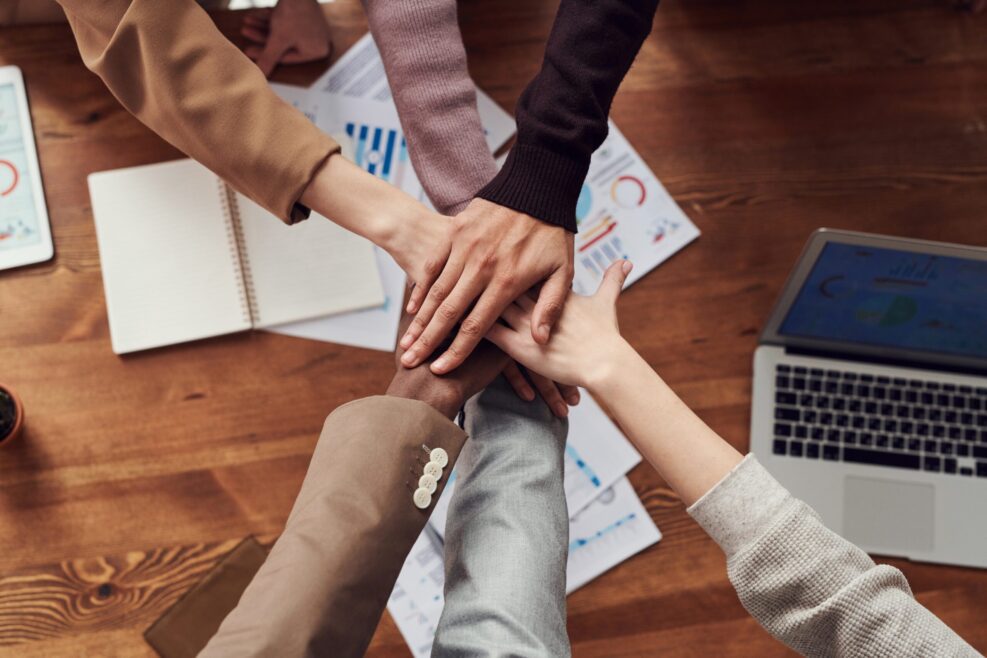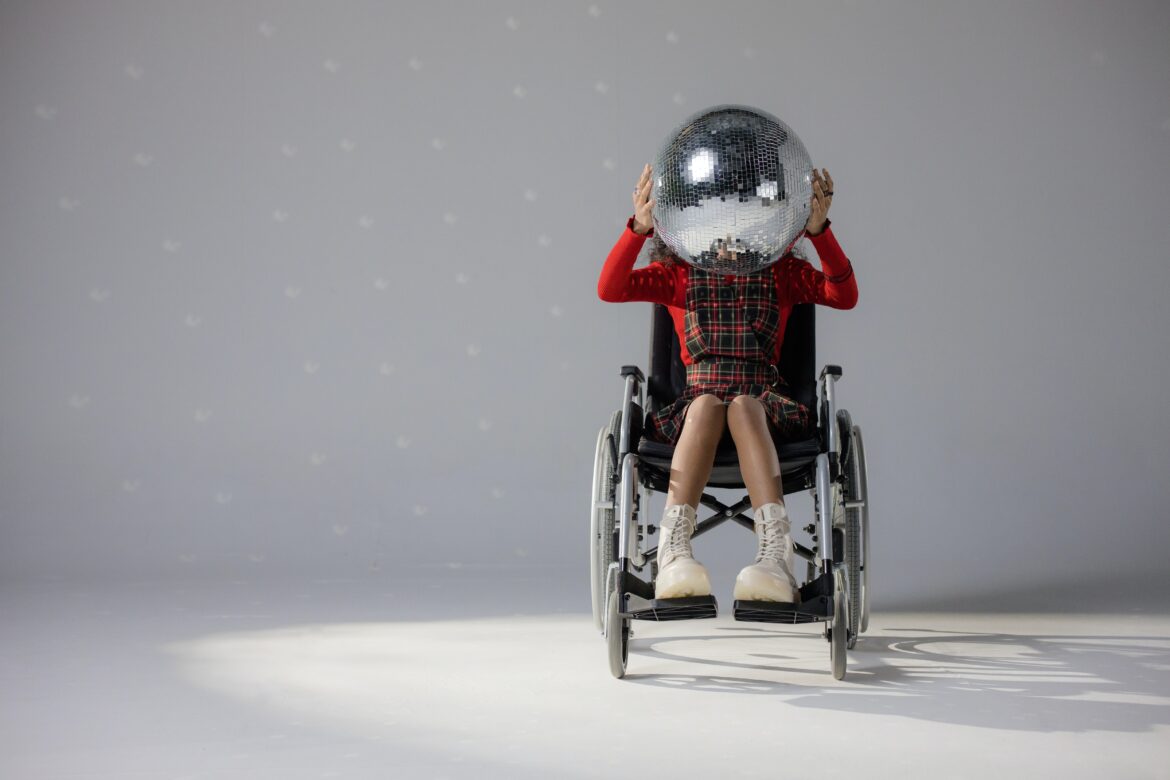Disability refers to the interaction between individuals with a health condition (e.g., cerebral palsy, Down syndrome and depression) and personal and environmental factors (e.g., negative attitudes, inaccessible transportation and public buildings, and limited social supports). One billion people, or 15% of the world’s population, experience some form of disability, and disability prevalence is higher in developing countries. One-fifth of the estimated global total, or between 110 million and 190 million people, experience significant disabilities. (WHO)

According to Centers for Disease Control and Prevention,
disability inclusion means understanding the relationship between the way people function and how they participate in society, and making sure everybody has the same opportunities to participate in every aspect of life to the best of their abilities and desires.
In simple words, disability inclusion means including people with disabilities in regular everyday activities. It means encouraging them and providing access to roles similar to their peers who do not have a disability. We can measure inclusion in terms of accessibility, opportunity, engagement, and participation.
People with disabilities face attitudinal, organizational, systemic, physical, communications, and technological barriers at every stage of their lives.
According to the 2011 census, there are 2.68 crore people with disability in India. This is about 2.21% of the total population. Out of this total population, the number of children with disabilities is at a staggering 80 lakhs, which is around 2% of the total child population.
Despite these astonishing numbers, there is a lack of equal opportunity and low employment rates for people with disabilities. Persons with disabilities are more likely to experience adverse socioeconomic outcomes, such as less education, poorer health outcomes, lower levels of employment, and higher poverty rates.
Low literacy, lack of employment opportunities, and widespread social stigma are making disabled people among the most excluded in India.
According to the World Bank, people with disabilities in India face several issues, namely:
- Families and society hold negative attitudes.
- Proper health care.
- Lack of education
- Lower employment rate
- No social protection programs
- Lack of physical accessibility
- Lack of financial support
- Communication barriers
Gaining from Inclusion
There are far-reaching benefits to be gained from inclusivity. Providing more access to healthcare, education, sports, and leisure activities would not only help persons with disabilities lead more meaningful lives, but the entire society stands to gain from it. An inclusive society would have a stronger mental and emotional make-up.

Be it schools, colleges, or the workplace, including people with disabilities, would promote cohesiveness, diversity, team spirit, increase productivity.
It would also help businesses and corporates gain from the untapped pool of talent and innovation and expand their customer base.
There is tremendous scope for market expansion, as many conglomerates are yet to understand and give due recognition to people with disabilities as active consumers.
How to achieve inclusion
The first step in this direction involves changing the mindset. It is high time we stop viewing people with disabilities as a burden or dependent on others. The prejudice and stigma around disabilities need to be dispensed with.
There is an urgent need to create awareness regarding the various laws and policies passed by the government of India for the welfare of people with disabilities.
And last but most important of all, the barriers to full social and economic inclusion of persons with disabilities stem from a lack of access to education. When people with disabilities gain education and employment, they can lead independent lives. Financial freedom is extremely important for creating equal opportunities.
Conclusion
Inclusivity is not just creating opportunities for people with disability. It has a lot to do with changing thought processes, policies and overcoming rigid biases.
A society can be tolerant towards those with differences, but it doesn’t help in furthering the cause. Only acceptance would help us build bridges and close the gap. Only when people with disabilities get adequate opportunities and access, they can fully take part in society, achieve their goals, and lead more fulfilling lives.
This post is part of Blogchatter’s CauseAChatter campaign.

